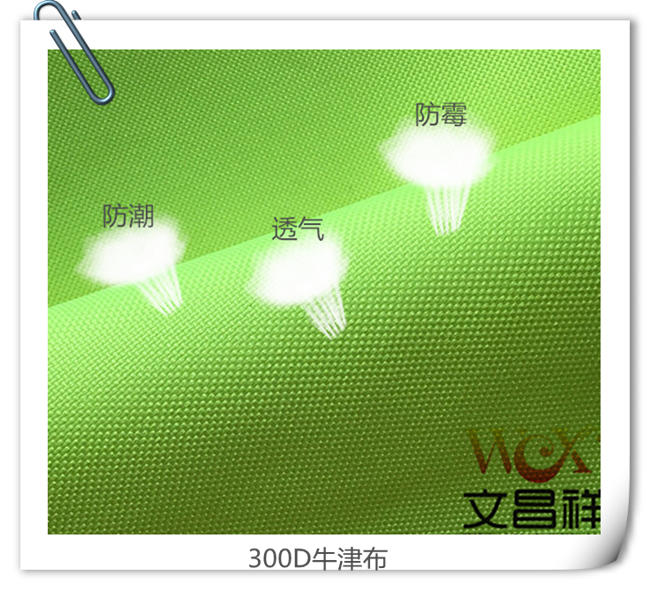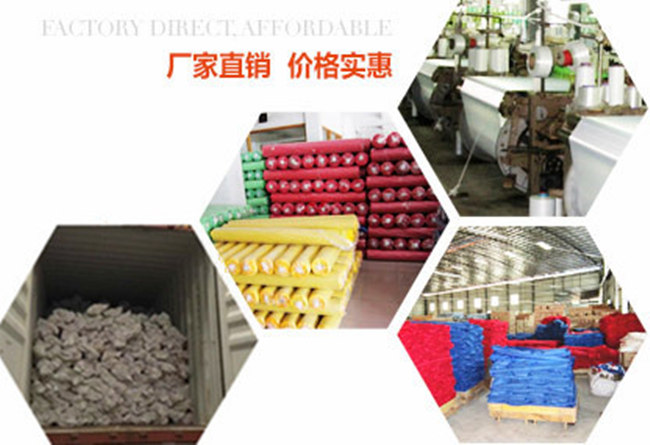The tear strength of 300D Oxford cloth has an impact on the Oxford cloth weaving process, dyeing, and sanding post-processing processes.
The reverse weaving structure such as plain weave, twill, satin weave, jacquard, etc., and the density of warp and weft yarns are closely related; thicker yarns show better strength than thinner yarns, and twill weaves are better than plain weaves. Well, unsanded is better than brushed, and the less corrosive the dyeing, the better.

Warp direction Strength and weft strength are different, and the bursting strength is also different, including whether there are cloth edges, whether they are solid edges or raw edges, and whether defects and wrinkles are avoided; in addition, the sizing gray cloth and desizing cloth of 300D Oxford cloth have to be dyed and finished. The strength of finished fabrics, especially those that have been impregnated and specially finished, will vary greatly.

Strength and stretch Oxford cloth woven from yarns with high length ratio has a large stress triangle area when it is torn. The number of yarns that jointly bear the force is large, and the tearing strength is high. The tissue structure and warp and weft yarn density affect the interweaving points and slippage between yarns. If there are fewer interweaving points, the yarns will easily slip, and the tearing strength of the fabric will be high.
Since the establishment of the brand, we have always maintained this: making every meter of cloth with heart – textile
</p






